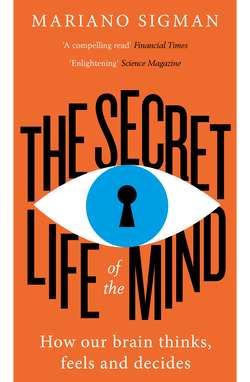Читать книгу The Secret Life of the Mind: How Our Brain Thinks, Feels and Decides - Mariano Sigman - Страница 28
Churchill, Turing and his labryinth
ОглавлениеOn 14 November 1940, some 500 Luftwaffe planes flew, almost unchallenged, to Britain and bombed the industrial city of Coventry for seven hours. Many years after the war had ended, Captain Frederick William Winterbotham revealed that Winston Churchillfn1 could have avoided the bombing and the destruction of the city if he had decided to use a secret weapon discovered by the young British mathematician Alan Turing.
Turing had achieved a scientific feat that gave the Allies a strategic advantage that could decide the outcome of the Second World War. He had created an algorithm capable of deciphering Enigma, the sophisticated mechanical system made of circular pieces – like a combination lock – that allowed the Nazis to encode their military messages. Winterbotham explained that, with Enigma decoded, the secret service men had received the coordinates for the bombing of Coventry with enough warning to take preventive measures. Then, in the hours leading up to the bombing, Churchill had to decide between two options: one emotional and immediate – avoiding the horror of a civilian massacre – and the other rational and calculated – sacrificing Coventry, not revealing their discovery to the Nazis, and holding on to that card in order to use it in the future. Churchill decided, at a cost of 500 civilian lives, to keep Britain’s strategic advantage over his German enemies a secret.
Turing’s algorithm evaluated in unison all the configurations – each one corresponding to a possible code – and, according to its capacity to predict a series of likely messages, updated each configuration’s probability. This procedure continued until the likelihood of one of the configurations reached a sufficiently high level. The discovery, in addition to precipitating the Allied victory, opened up a new window for science. Half a century after the war’s end it was discovered that the algorithm that Turing had come up with to decode Enigma was the same one that the human brain uses to make decisions. The great English mathematician, who was one of the founders of computation and artificial intelligence, created – in the urgency of wartime – the first, and still the most effective, model for understanding what happens in our brains when we make a decision.
